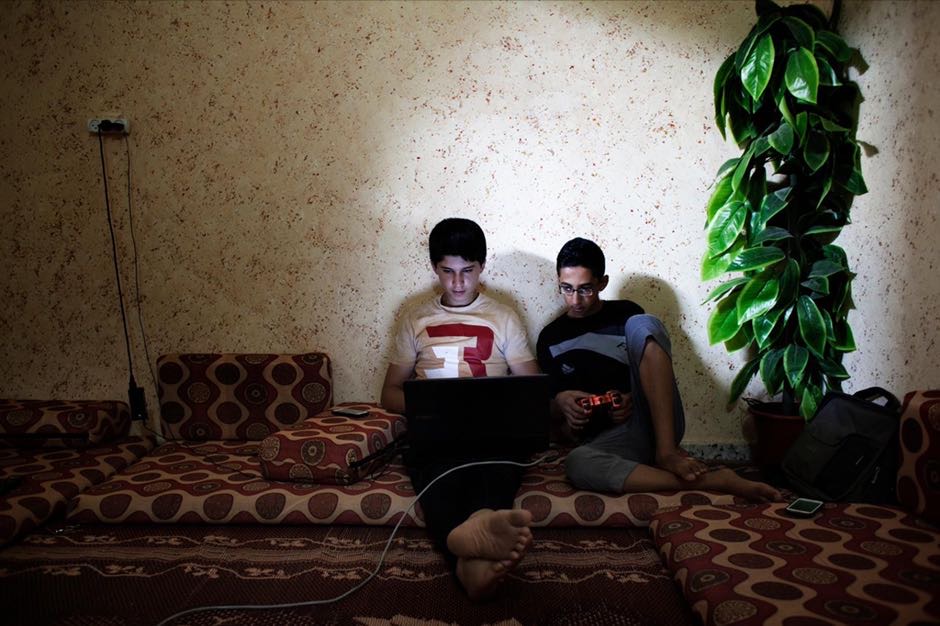
In September of 2021, the End Violence Partnership and the Technology Coalition awarded five organisations with grants to tackle online child sexual exploitation and abuse (CSEA). Through these grants, organizations across the world will undertake groundbreaking research to inform both policy and practice to tackle online CSEA. One of those organizations is The Centre of Research and Education in Forensic Psychology at the University of Kent, a group of leading psychologists working on offending behaviour, including sexual exploitation and abuse.
In partnership with the Lucy Faithfull Foundation and researchers based in South Africa, Mexico, the US and UK, this project will shed light on the psychological processes through which people at risk of online sexual exploitation and abuse may instead seek professional support. In addition, the group will explore the efficacy and impact of prevention interventions targeting people engaging with online abuse. Overall, the project will ask a fundamental – and often overlooked – question: who seeks help for child sexual exploitation and abuse, and can we get more people to do so before committing a crime?
This Help-Seeking for Online Sexual Harm (HOSH) Project, will also expand the group’s existing model of psychological predicators of help-seeking for people at risk of offending and examine how to amplify the psychological factors that support such help-seeking behaviours. At the same time, the project will also investigate the psychological barriers that prevent help-seeking and explore ways to weaken those barriers in the digital sphere. The project will be implemented from January 2022 to January 2023.
End Violence spoke with Dr Caoilte Ó Ciardha, Senior Lecturer in Forensic Psychology and Project Lead, to explore this project further.
The University of Kent’s project is exploring the impact of interventions that aim to deter offenders from perpetuating online child sexual abuse. What are the interventions you’ll be exploring – and where (and how) do they exist?
When people search for material relating to online child sexual abuse online, many platforms will now post a reminder that the search terms they are using or the webpage they are trying to access is associated with abusive material.
Our project will explore how we can funnel more people who search for these materials to these sources of help.
These messages often focus on the illegality of those materials, and sometimes encourage them to seek help (for example, by linking to https://www.stopitnow.org.uk/). Our project will explore how we can funnel more people who search for these materials to these sources of help. To do this, we will test whether different messages can increase the likelihood that people will seek help.
This research will include participants from the US, the UK, Mexico, and South Africa. Why have these countries been selected? What is the importance of the collaborations in the countries where you will be undertaking the research?
The inclusion of multiple countries allows us to develop and test a model of help-seeking behaviour for people at risk of online child sexual exploitation and abuse that is not localised to a single country or cultural context. It also allows us to examine whether the effectiveness of different interventions varies across countries.
Choice of country was partly driven by our objective to include countries representing both the Global South and Global North. Country choice was also driven by where we could access large enough samples of participants using our preferred recruitment methods, and by where we could identify research and industry collaborators to sit on the project advisory group. In fact, we welcome interest from additional researchers in these four countries should they want to add their expertise to our advisory group.
Do these interventions have a history of success? What types of individuals do they target – and where do they target them?
Splash pages are used to warn people that the page they have tried to access was used to host child sexual exploitation material. Where these have included contact details for sources of help, we know that some internet users have been diverted to these helplines. However, these successful cases reflect only a small proportion of the millions of attempted visits to these web pages. If we can increase—even slightly—the number of people seeking help after seeing these types of messages, this may translate into thousands of people seeking help, and potentially avoiding offending.
Your team is creating a model of psychological predictors of help-seeking behavior for offenders of online child sexual exploitation and abuse that this research will build on. Can you tell us more about that model and any learnings so far from existing work?
We are currently attempting to reconcile the literature on help-seeking broadly (for example, who seeks counselling for mental health concerns) with what we know about people who recognise their own sexual interest in children but who are motivated not to offend. The aim is to establish a theoretical model of the psychological factors that interact to motivate someone who is at risk to seek professional help.
We believe that general factors, such as attitudes to available support and the person’s level of psychological distress, will be important predictors of help-seeking. We also expect factors more specific to this population and the stigma that they face to interact with those general factors in influencing who seeks help and who does not.
How will this project be used to expand on that model, and contribute to safer online experiences for children across the world?
While the ongoing work on this model is theoretical and informed by the existing research base, this project will allow us to systematically and robustly test the model’s predictions with new data. It will allow us to incorporate previously untested predictors of help-seeking and importantly to examine cross-cultural or cross-national factors that have not yet been explored.
The end goal is to be able to share a stable and generalisable model of help-seeking behaviour for online child abuse and exploitation.
How will this research translate to impacts in tech industry? What impact will it have on other sectors?
This research will directly impact on the tech industry by providing an evidence base for what works to divert people at risk of online sexual abuse toward obtaining professional help. This is therefore not just about stopping people from accessing child exploitation material in the moment on a given platform, but also about trying to link that person to resources that may prevent them from ever accessing this material via any medium. The research outcomes in the forms of the model of help-seeking behaviour and our findings on messaging to increase help-seeking will have value beyond the tech industry, particularly for those working in public health and those services offering help to people at risk of online sexual exploitation and abuse.
What do you think needs to happen to end online child sexual exploitation and abuse for good?
I think that the tech industry has become more effective at finding and removing materials involving child exploitation and abuse. In essence they have become better at removing the situation in which crime occurs. However, I think a comprehensive approach to ending exploitation and abuse needs to involve helping those people who are at risk of perpetration and reach them before they offend wherever possible.
A comprehensive approach to ending exploitation and abuse needs to involve helping those people who are at risk of perpetration and reach them before they offend wherever possible.
The idea of helping this population may feel unpalatable to some people. However, doing so will help address the underlying motivation to offend and thus the motivation to circumvent the protections put in place by the tech industry and others.

